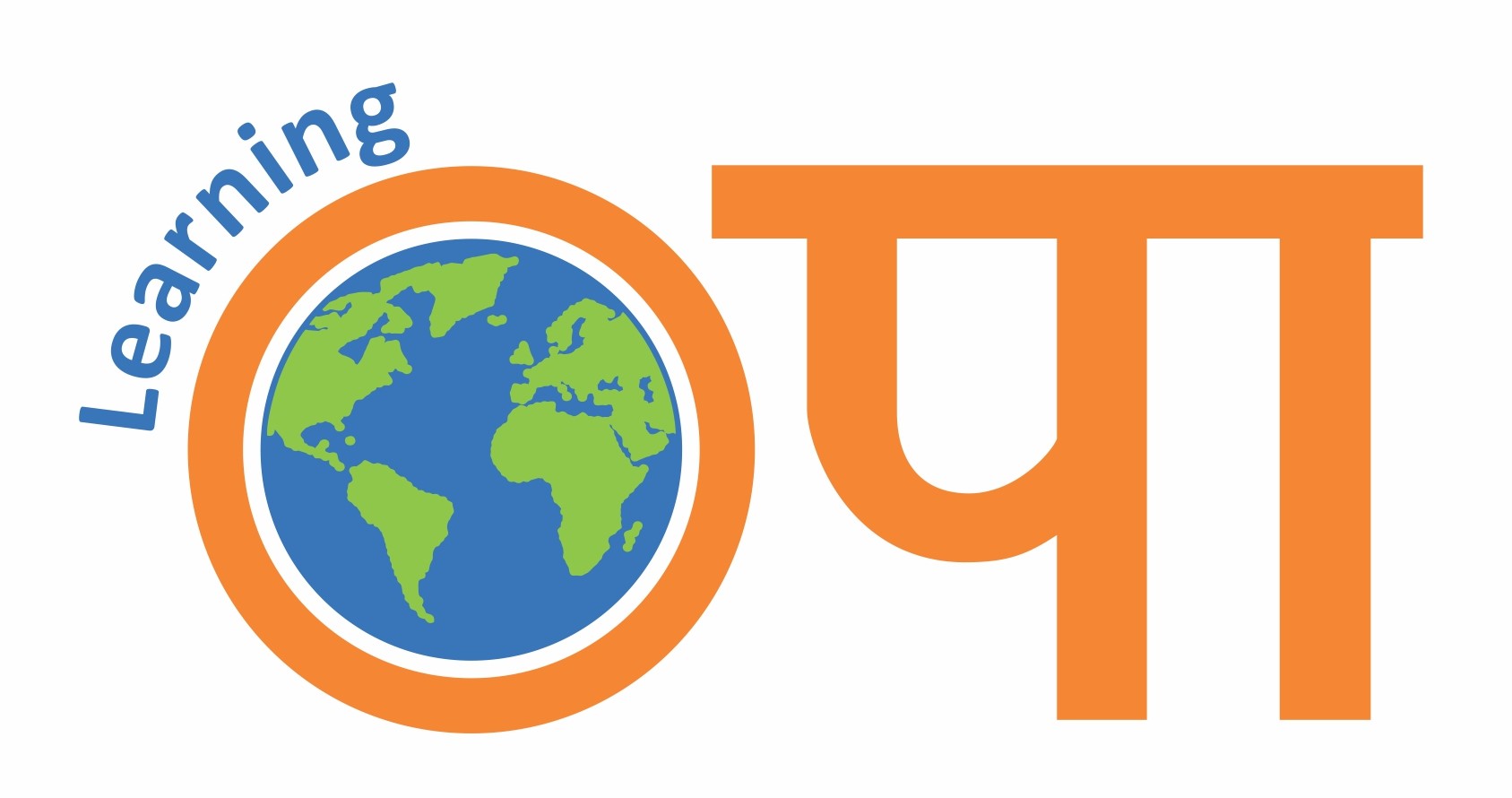JOIN BEST PYTHON LANGUAGE TRAINING INSTITUTE IN INDIA
WHY LEARN PYTHON?
Python stands out as a powerful, high-level programming language celebrated for its intuitive syntax and versatility. Used across the globe for everything from web development and automation to artificial intelligence and data science, Python’s readability enables faster learning and seamless development — making it the go-to language for both beginners and professionals.
A BRIEF HISTORY
Conceived by Guido van Rossum in the late 1980s and first released in 1991, Python was specifically crafted to stress code readability and efficiency. Built with inspiration from the ABC language, it aimed to simplify coding without sacrificing power. Python’s open-source philosophy further fostered a robust, supportive community that continues to drive its evolution.
KEY DESIGN PRINCIPLES
Interpreted Language: No need for compilation; simply code and run.
Whitespace & Readability: Indentation is part of the syntax, producing cleaner and more readable code. Extensible: Integrate Python with other languages like C/C++ to extend functionality.
Community Driven: Open source from the start, benefiting from global contributions and improvements.
CAREER SCOPE IN PYTHON:
The demand for Python professionals has soared, making it one of the most sought-after skills in today’s tech job market.
CAREER SCOPE IN PYTHON:
· Data Science & Machine Learning
· Web Development
· Software Engineering
· Healthcare Analytics
· Game Development
· Academic Research and Teaching
· Python’s versatility opens doors across a wide range of industries, offering well-paid positions and career flexibility.
WHY CHOOSE OPA LEARNING SOLUTIONS FOR PYTHON TRAINING?
OPA Learning Solutions, based in Ghaziabad, North India, is recognized for its industry-oriented, practical approach in Python training. Renowned for conducting multiple corporate training batches and focusing on hands-on, real-world examples, OPA’s experienced instructors ensure each learner gains both theoretical knowledge and applied expertise.
HIGHLIGHTS OF OPA LEARNING SOLUTIONS:
· Specialized, job-ready Python courses
· Expert trainers with corporate training experience
· Focus on real-world projects and practical applications
· Comprehensive career guidance: educational, vocational, and personal support
· Highly rated by students and professionals for effective learning outcomes
Whether you’re starting your programming journey or seeking to advance in your tech career, OPA Learning Solutions offers the guidance and mentorship to help you achieve your education and career goals.






